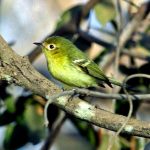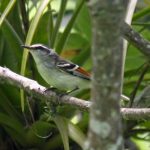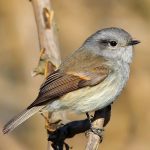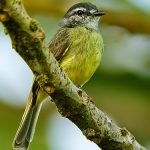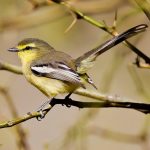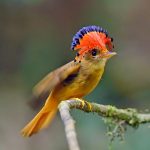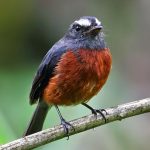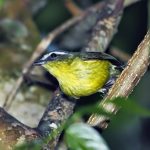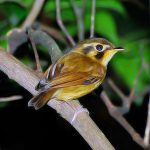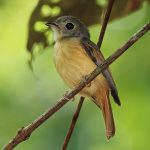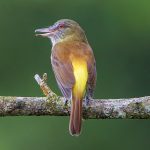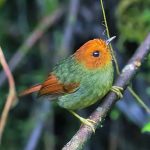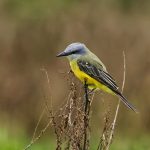Pale-edged flycatcher
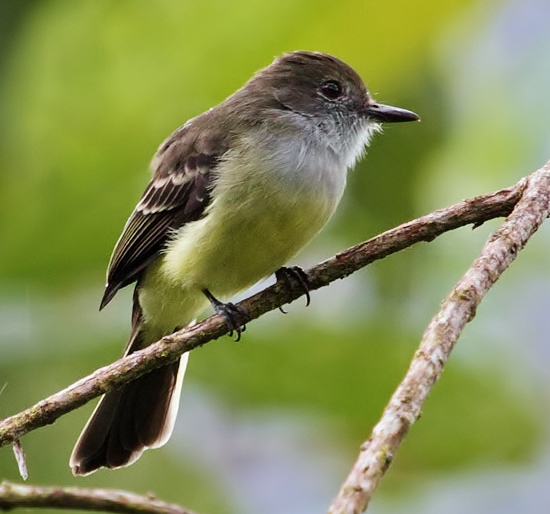
 |
| Photo by Nick Athanas (Antpitta) |
Common name:
pale-edged flycatcher (en); maria-cavaleira-dos-Andes (pt); tyran givré (fr); copetón montañero (es); Andenschopftyrann (de)
Taxonomy:
Order Passeriformes
Family Tyrannidae
Range:
This species is found form northern Venezuela and along the eastern slopes of the Andes through Colombia, Ecuador and Peru and into central Bolivia.
Size:
These birds are 18-20 cm long and weigh 24-28 g.
Habitat:
The pale-edged flycatcher is mostly found in mountain rainforests, but also in lowland rainforests and degraded patches of former rainforest. They are present at altitudes of 800-3.000 m.
Diet:
They feed on insects and other arthropods, especially butterflies and moths, cicadas, flies and wasps, but also katydids, dragonflies, beetles, spiders and millipedes.
Breeding:
Pale-edged flycatchers breed in March-December. They nest in a cavity in a tree or building, lined with dead leaves and small sticks. The female lays 2-3 white eggs with reddish-brown streaks, which she incubates alone for 18 days. The chicks are fed by both parents and fledge after 18 days, but only become fully independent 9-10 weeks later.
Conservation:
IUCN status – LC (Least Concern)
This species has a large breeding range and is described as uncommon. This species exhibits flexibility in habitat choice and consequently its population is suspected to be stable.
